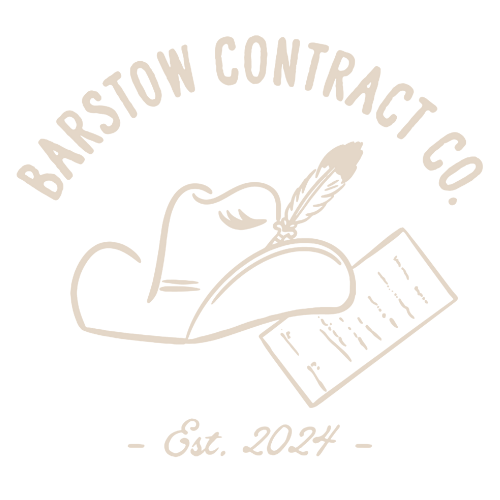Ag Leases That Don’t Get You Sued: What Landowners Need to Know
In agriculture, handshake deals are still common, and in sometimes, they work just fine. Until they don’t. What happens when they cost you thousands, strain relationships, and jeopardize the operation itself?
Whether you’re leasing grazing land, farm ground, or facilities, a well-drafted agricultural lease isn’t about bureaucracy—it’s about protecting your property, clarifying expectations, and keeping you out of a lawyer’s office.
Here’s what every landowner and ag operator should know before they sign:
1. Put It in Writing—Every. Single. Time.
Verbal agreements are legally risky and hard to enforce. Memories fade, interpretations differ, unexpected situations arise, and when the relationship sours, you need more than a handshake to fall back on. A written lease sets out the who, what, when, and how of the arrangement—and it gives both parties a clear document to refer to when questions or disputes arise.
Don't let your operation rely on assumptions; contracts are about clarity, not distrust.
2. Define Use and Access Clearly
Are you leasing pasture, crop land, working pens, water rights, equipment, or a combination of all of the above? Spell it out in the agreement.
Ambiguity about what’s included (or not) leads to conflict. Can the lessee bring in their own equipment? Will they have exclusive access? Are hunting rights included? What about water tanks or fences? The more detailed the lease, the less likely you are to end up in a dispute over “what was agreed.”
3. Address Maintenance and Improvements
Who’s responsible for fixing broken gates, hauling off old junk, maintaining fences, or repairing water systems?
This is a common area for conclict to arise without a written agreement, especially if a lessee makes improvements and later tries to claim ownership or reimbursement. Your lease should address what types of improvements are allowed, who owns them, and whether reimbursement or removal is expected at the end of the lease.
Pro tip: Include language that requires written approval for any permanent changes or capital improvements.
4. Spell Out Payment Terms—and Late Penalties
Is the lease annual, monthly, or seasonal? Is payment due on a specific date or tied to a harvest timeline? What happens if payment is late?
Include interest penalties, consequences for non-payment, and clear procedures for default. If you have a long-term lease, consider whether rates will adjust over time (and how that adjustment is calculated). A little planning on the front end can save you from chasing down overdue rent six months down the line.
5. Liability and Risk Allocation
This is where a lot of leases fall short. If someone is injured on the property, who’s responsible? What about damage to fences, livestock, crops, or equipment?
Your lease should include strong indemnity language that shifts risk back where it belongs. Most landowners don’t realize that without proper clauses, they could be on the hook for accidents that occur during a lease—even when they had no involvement. Require insurance, specify minimum policy limits, and always include waiver and release clauses.
6. Plan for Termination and Transition
Whether the lease ends naturally or is terminated early, you need a game plan. What kind of notice is required? How is the property to be returned? What happens if crops are still in the ground or cattle still on the pasture?
Termination clauses are about more than just the end—they protect your operation’s continuity and help prevent fights when the lease is up.
Bottom Line: Don’t Leave It to Luck
Ag leases touch everything from property rights to operational control, and the stakes are too high to rely on verbal agreements or recycled templates.
A solid lease doesn’t just protect your land—it protects your livelihood, your relationships, and your future. Get it in writing. Get it reviewed. And most importantly, get it right.
Need a strong, customizable ag lease you can trust? Check out our attorney-drafted templates here– designed for the real world and built to hold up when it counts.
